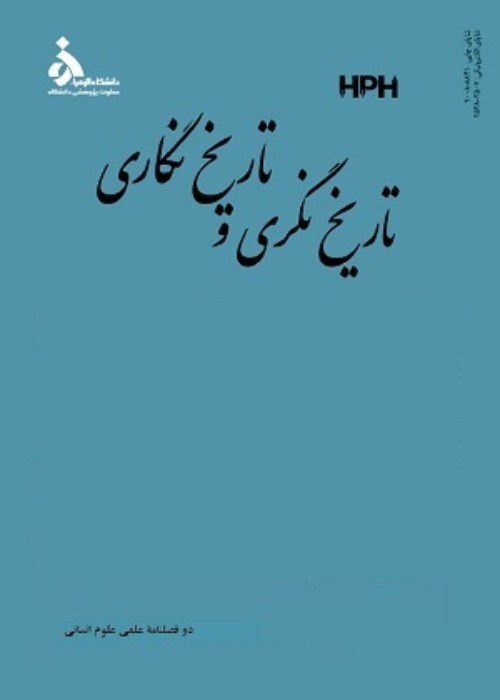The history of environmental education in Iran: Environment in textbooks of the 1360s/1980s
Taking into the consideration that environmental education, especially formal primary and secondary education, has a great impact on the sociability of individuals, and according to the fact that the content of textbooks is a mirror of government policy in the field of education, this article, by using quantitative content analysis of the fifth grade of primary school and the third grade of guidance school textbooks of the 1360s/1980s (1361/1982, 1365/1986 and 1369/1990), is trying to show the contribution of the environment and its protection in textbooks and subsequently in formal education. And by doing that it seeks to show the role of the environment in formal education. In addition it answers this question that “How has the view of the environment been in the minds of curriculum planners and textbook authors?” Findings show that out of the total textual content of the studied books, only two percent have addressed environmental protection. At the three levels of knowledge, attitude and skill, out of the total environmental textual content of the studied books, 78% is allocated to the level of knowledge (awareness), 1% to the level of attitude and 9% to the level of skill. In addition, most of the environmental data can be found in books such as “Geography”, “Experimental Sciences” (Oloum e Tajrobi) and “Profession and Technology” (Herfe va Fan). This also shows the empirical thinking of curriculum planners about teaching the environment.
- حق عضویت دریافتی صرف حمایت از نشریات عضو و نگهداری، تکمیل و توسعه مگیران میشود.
- پرداخت حق اشتراک و دانلود مقالات اجازه بازنشر آن در سایر رسانههای چاپی و دیجیتال را به کاربر نمیدهد.


